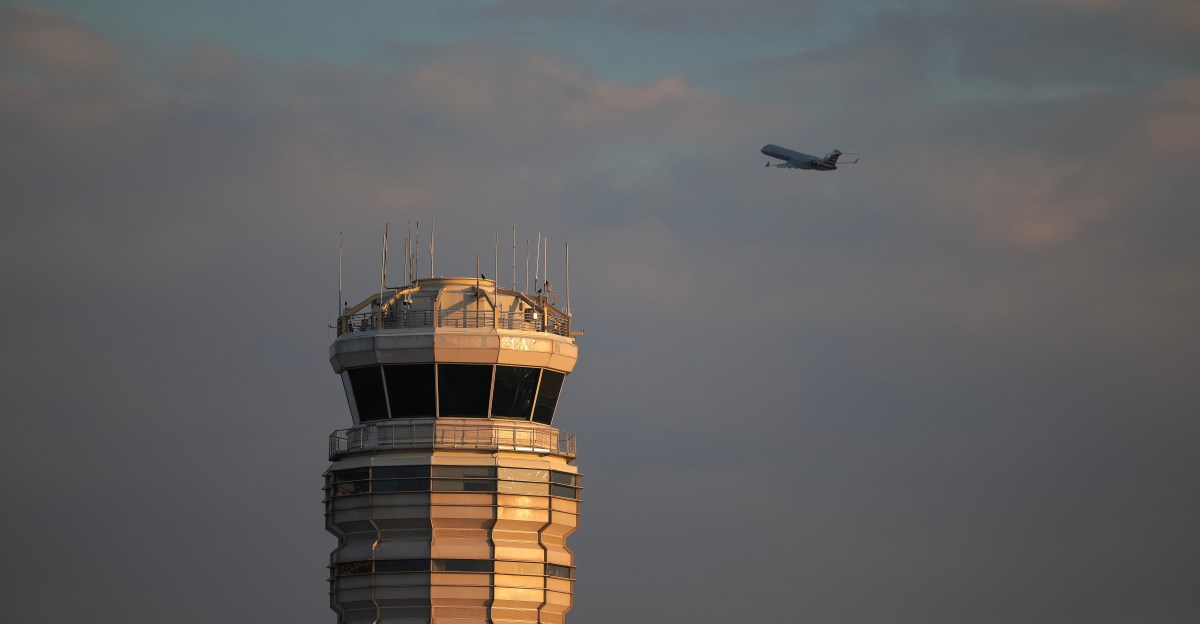SpaceX’s Bold Move: Revolutionizing FAA’s Air Traffic Control System
In a significant development for the aviation industry, SpaceX is embarking on a bold move to revolutionize the Federal Aviation Administration’s (FAA) air traffic control system. This partnership not only symbolizes a leap toward modernizing air travel but also aims to enhance efficiency and safety in an increasingly crowded airspace. As this collaboration unfolds, it raises important questions about the future of aviation technology, air travel safety, and the role of private companies in public infrastructure.
The Need for Change in Air Traffic Control
Traditionally, the FAA’s air traffic control system has been a complex, layered network reliant on radars and voice communications. While effective, this system faces challenges, particularly with the rapid increase in air traffic. In 2019, the FAA reported over 16 million flights, and projections suggest this number will only rise. Consequently, there’s an urgent need for a more sophisticated system that can handle the growing demands of modern aviation.
Moreover, the existing infrastructure is often criticized for being outdated, slow to adapt to new technologies, and insufficiently integrated with the latest advancements in aviation. This is where SpaceX comes in; leveraging its expertise in technology and innovation, the company is poised to introduce transformative changes to the FAA’s air traffic control operations.
How SpaceX Plans to Transform the FAA’s Air Traffic Control System
SpaceX’s approach to revolutionizing the FAA’s air traffic control system will likely involve several key initiatives:
- Integration of Satellite Technology: SpaceX’s experience with satellite systems, particularly through its Starlink project, positions it uniquely to provide enhanced communication and data transfer capabilities. By implementing satellite-based systems, air traffic control can achieve better coverage, particularly over remote areas where traditional radar is ineffective.
- Real-Time Data Analysis: Utilizing advanced analytics and AI, SpaceX can enable real-time tracking of aircraft. This capability allows for more accurate predictions of flight paths and traffic management, leading to fewer delays and enhanced safety.
- Streamlined Communication: Modernizing communication systems to reduce reliance on voice communications can minimize misunderstandings and improve overall efficiency. Digital communication methods, such as data link services, can provide clearer instructions to pilots and reduce the workload on air traffic controllers.
- Automation and AI: Integrating AI into the air traffic control system can lead to smarter decision-making processes. Automated systems can assist controllers in managing traffic flow and responding to emergencies, thus improving safety.
Potential Benefits of SpaceX’s Involvement
The potential benefits of SpaceX’s involvement with the FAA’s air traffic control system are significant:
- Increased Safety: With advanced technologies and better data management, the likelihood of accidents can be dramatically reduced. Improved situational awareness for both air traffic controllers and pilots will lead to safer skies.
- Enhanced Efficiency: By optimizing flight paths and reducing delays, airlines can save fuel and time, ultimately benefiting passengers and the environment.
- Cost Savings: Streamlined operations can lead to reduced operational costs for airlines, which might translate into lower ticket prices for consumers.
- Environmental Impact: By improving efficiency, the aviation sector can reduce its carbon footprint. This aligns with global efforts to combat climate change and promotes sustainable aviation practices.
Challenges Ahead
Despite the promising outlook, several challenges must be addressed as SpaceX moves forward with its partnership with the FAA:
- Regulatory Hurdles: Any changes to the air traffic control system must comply with strict regulatory standards. Navigating the bureaucracy of federal regulations may slow down implementation.
- Integration with Existing Systems: The transition from traditional systems to a modernized approach will require significant planning and resources. Ensuring compatibility between new technologies and existing infrastructure is crucial.
- Public Trust: The aviation industry must maintain the public’s trust in safety and security. Any hiccups during the transition could lead to skepticism about the effectiveness of new technologies.
The Future of Aviation Technology
SpaceX’s bold move to revolutionize the FAA’s air traffic control system could set a precedent for future collaborations between private companies and government agencies. As technology continues to advance at an unprecedented pace, we may witness a shift in how air traffic is managed globally.
The potential for integrating advanced technologies into air traffic control is just the tip of the iceberg. As the industry evolves, we can anticipate further innovations, such as:
- Urban Air Mobility: With the rise of electric vertical takeoff and landing (eVTOL) aircraft, urban air mobility solutions could alleviate ground traffic and change the landscape of urban transportation.
- Drone Traffic Management: As delivery drones become commonplace, the need for a separate traffic management system for these aircraft will emerge, necessitating further innovation in air traffic control.
- Global Collaboration: As aviation becomes more interconnected, global standards and collaboration among nations will be essential to ensure safety and efficiency across borders.
Conclusion
SpaceX’s initiative to transform the FAA’s air traffic control system is a testament to the rapidly changing landscape of aviation technology. This partnership not only promises to enhance safety and efficiency but also paves the way for future innovations that could redefine air travel as we know it. As we look to the future, the collaboration between government and private enterprises will be critical in shaping a safer, more efficient, and environmentally friendly aviation industry.
By embracing these changes, we can anticipate a new era in air travel where technology and safety go hand in hand, ultimately improving the experience for millions of passengers worldwide.
See more Future Tech Daily

